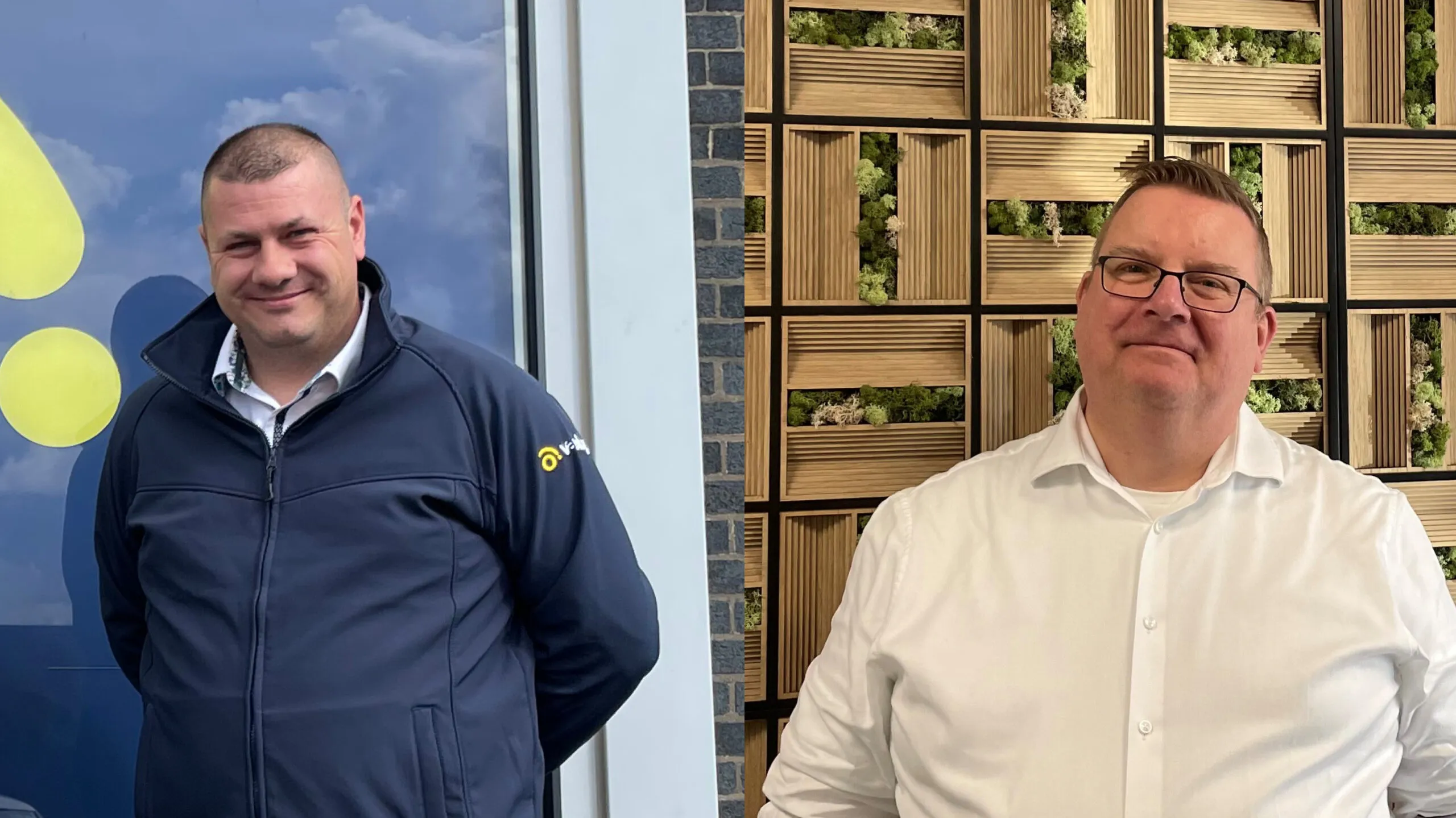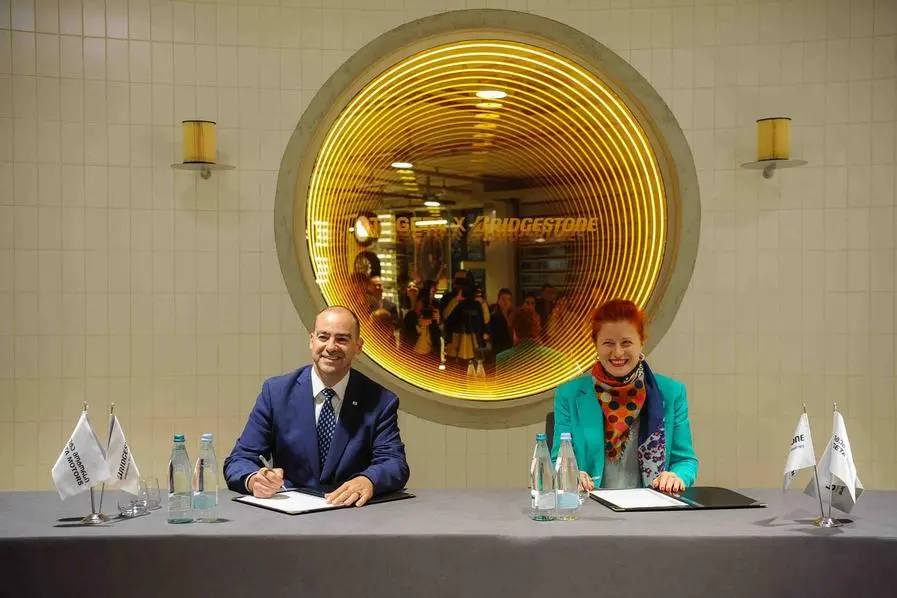The AZuR Network, Germany’s tyre recycling lobby group, recently held its first Retreading Summit in Günzburg, Germany, to discuss the way forward for retreading. The event was very much a networking opportunity for the leading retreaders in the country who have come to understand that the future of the sector relies on cooperation to build a better industry.
Retreading Gathering
- Christina Guth from AZuR and RIGDON’s Günther Ihle led the event, which was built around the pathway to creating a high-quality, high-value retreading industry.
- A series of presentations from Kraiburg, TRM, Marangoni, Italmatic, and Rema Tip Top discussed how technology could improve tyre retreading and create a greener future for fleet operations.
- The heart of the story was how automation and AI could be used to develop the product and improve its market acceptance.
- Italmatic’s Mario Goldmann discussed how shearography was now integral to retreading. Shearography at the start of any retreading process filtered out the damaged casings, those suffering from internal damage that could not be repaired in the retreading process.
- The audience then heard how tyres could now be skived using AI technology. The camera identified the areas for repair, and the AI technology carried out precise skiving and filling repairs.
- Tyres could then go to a strip builder for hot cure, or Marangoni’s twin robotic tyre builder for pre-cure.
- There was still a place in the system for an operator to oversee, but all the measurement, buffing, skiving and building were done automatically. The only points where manual operations were performed were loading the conveyer at the start of the procedure, loading the moulds, or putting the casings in envelopes for pre-cure.
A Role for Automation
Even these operations might someday be automated. In fact, RIGDON has a robotic tyre truck that moves tyres autonomously from the building line to the moulding line—a sign of things to come. Automation, thus described and exemplified during the visit to RIGDON’s plant, eliminated human error, and created a standard of quality that could be maintained repeatedly. This reduced waste saved time and, subsequentially, saved money. However, there was another driver for the automation of the retread plant. The lack of skilled workers. Ihle explained that, like many parts of Germany, in Günzburg, large manufacturing operations attract the best of staff and offer better pay and better conditions. That alone created a skilled staff shortage for the retreader; however, the fact that there was close to zero unemployment and the economy had been booming also put the price of real estate under pressure, with the cost of renting a small family home perhaps as much as a retread plant operative might earn each month. Immigration could not solve the problem, as there was no accommodation. So, the only route ahead was automation.
Positive Vibes
The event gave an overall positive feel about the future, though much depended on how the government supported the industry. An example of how governments could help was the initiation of the mandatory use of retreads on municipal fleets. Garbage trucks were a specific example given. These vehicles did not require new tyres; they could adequately run on retreads.
As always, discussion between delegates revealed that the import of cheap tyres from the Far East remained a challenge, and there was a demand that the government, in Berlin, but more importantly, in Brussels, acts to prevent dumping in Europe. However good a retread tyre might be, the consumer still considered it a poor relation to the new tyre, regardless of that new tyre’s provenance.
That was another challenge that the delegates felt needed addressing. Christina Guth asked what could be done to deal with that image question. An on-the-spot survey suggested a general agreement that there needed to be better, more coordinated publicity about the quality and use of retreaded tyres. There also needed to be more attention to helping fleets access and use retread tyres by ensuring that there was a better understanding of the quality, performance, and mileage to be had from retreads. Work had to be done to deal with the lack of acceptance in the market – that was the biggest barrier to growth felt the delegates in the survey.
Asked how to deal with this lack of understanding, the delegates responded that there needed to be better publicity, improved information campaigns, and more lobbying on behalf of the industry. This was something that retreaders themselves needed to do, but they also asked AZuR to coordinate much of this work on their behalf. The key points concerning the retreaders were put to MEP Markus Ferber, who was present at the Summit. In particular, the issues around the dumping of tyres in Europe were raised. Ferber quickly pointed out that it was against the law for any goods to be imported into Europe and sold at below production costs. He argued that, at that point, action had to be taken. When asked about a funding programme to help rebuild the market and develop technologies, Ferber responded like any politician.
The event concluded that it had been a huge success. It had been an excellent networking event, and delegates asked what next and asked for more of the same. There was a need for better cooperation and more networking, and key stakeholders needed to come together more regularly to discuss challenges and solutions and help AZuR create the right message to lobby the government for change.







